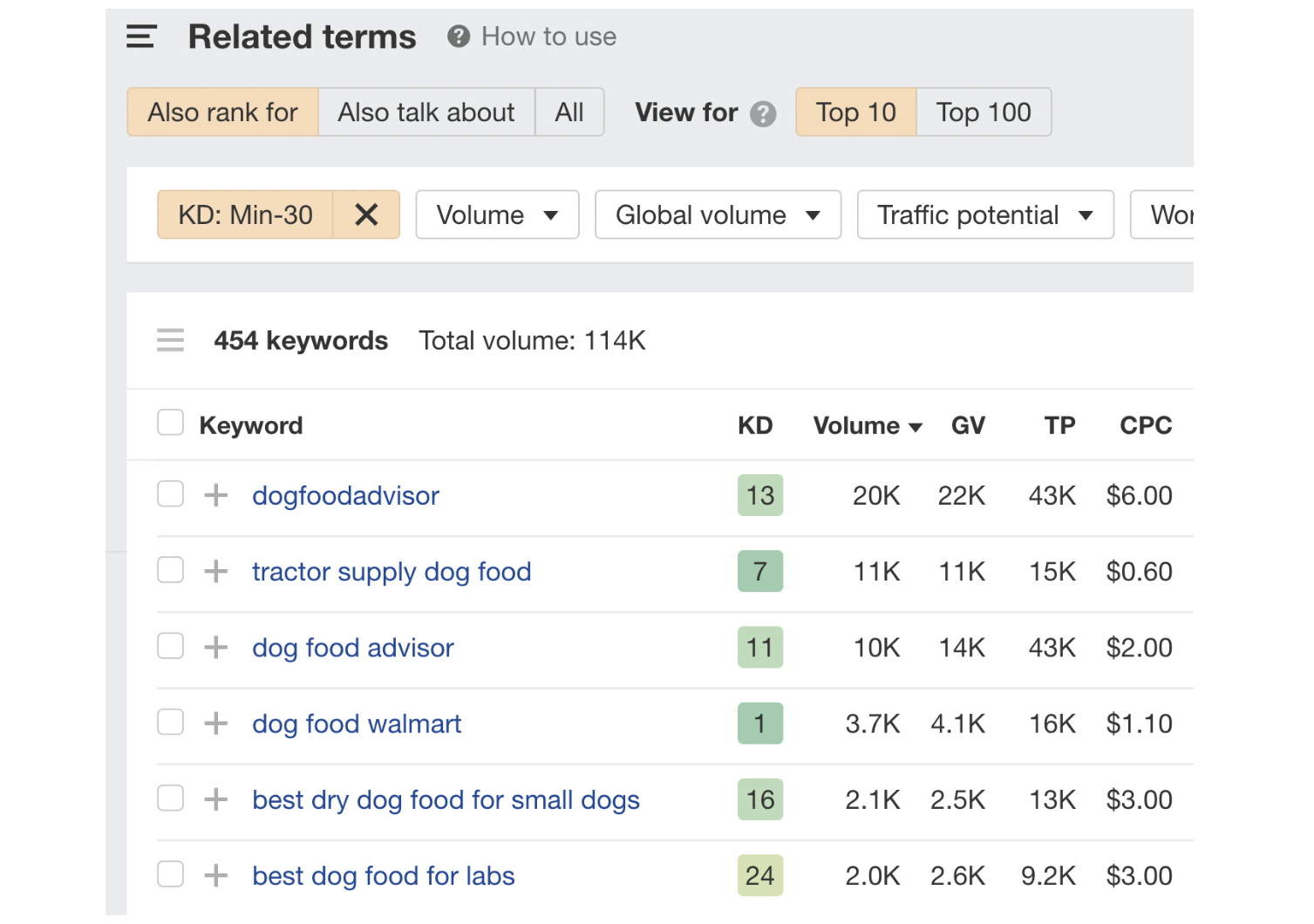Sometimes, the perfect recipe for success is to embrace simplicity and offer great value for money. This is what Fresha embodies and has been using...
How to Use an eCommerce Blog to Drive More Customers
-
5 mins read
-
December 6, 2023

Building a successful eCommerce brand from the ground up is no small feat.
You need a good product and a functional online store. And if you’re lucky enough, find a good company to handle shipping without disappointments.
However, after all that work comes another challenge — expanding visibility to reach more customers.
That’s where an eCommerce blog can help you out.
This article explains everything about creating a blog for your e-commerce brand, and how you can drive customers with it. So let’s dive in.
Having an eCommerce Blog: Is It Necessary?
A blog is a section on your website where you publish quality content to educate your audience and build trust.
It’s a platform for sharing product comparisons, expert opinion posts, and comprehensive guides on how to use your products. And the good thing about having a blog is that — the content attracts organic traffic from search engines like Google.
Here’s all the good stuff you can gain from having a blog for your eCommerce brand:
1. More Revenue
The more people visit your e-commerce website, the higher your chances of getting more sales.
When you constantly publish quality content on your blog, Google shows your website to more people. And when that happens, your website will attract more visitors and sales, which ultimately increases your revenue.
2. Added Value At No Cost
Blogging is an easy way to add more value to your customers — at almost zero cost.
You can leverage your e-commerce blog to publish:
- in-depth product reviews
- helpful guides that address common complaints
- and product comparison articles to educate your audience
Such content can convince your target audience to become paying customers.
3. Become an Authority
Your blog is an excellent platform to showcase your expertise on subject matters around what you sell. It’s a perfect place to give your expert opinion on trending topics about your products.
So, if you see any trending topic you want to blog about, don’t hesitate.
Driving Customers With an eCommerce Blog: 5 Key Steps
Now that we’ve discussed what you stand to gain from an eCommerce blog, let’s dive into the how.
Step #1: Add a Blog Section to Your Website
Check the backend of your current e-commerce website and find the option to add a blog.
The steps vary from platform to platform, but most e-commerce platforms have a straightforward guide for adding a blog section.
If you are contemplating good e-commerce platforms with seamless blogging functionalities, check out Shopify, WooCommerce, Magento, BigCommerce, or 3DCart.
Regardless of your e-commerce platform, each blog post must have a title, short description, and main content. We’ll discuss this in more detail at step 4 (SEO checklist).
Step #2: Conduct Keyword Research
This critical step helps you know the type of blog content to create.
A good way to begin your SEO keyword research is by analyzing the top competitors ranking for the products you sell. For example, if you sell pet accessories, go to Google and punch in a critical keyword like “buy pet accessories.”
You will see something like this:

Scan through the Google search results page to see stores already ranking for that keyword. Input the URL of these websites into tools like Ahrefs, Semrush, or other SEO tools.
By doing this, you’ll identify the organic keywords that make your competitors rank high on Google. However, ensure you only pick the keywords relevant to your products.
Check out this screenshot.

Image source: Ahrefs
Assuming you sell dog food, the keyword “dog food walmart” in the above screenshot shouldn’t be your concern at all.
Focus on relevant keywords like “best dry dog food for small dogs.”
Step #3: Create a Content Strategy and Calendar
After selecting your relevant keywords in Step 2 above, proceed to categorize them, as this will help you create an effective content strategy.
To see this into action, let’s create a content strategy and calendar for a dog supplies store.
1. Group Your Keywords
Put all the keywords relating to dog food in one category and others relating to dog accessories in another category.
2. Create a Content Strategy
Handpick the most relevant keywords from each category. For the dog food category, you can select a keyword like “dog food for small dogs.” And for the dog accessories category, you can select “designer dog collars.”
The next step is to write detailed blog posts around these relevant keywords and publish them on your e-commerce blog. There’s no limit to how many relevant keywords you can write about.
For example,
- “puppy food for sensitive stomach”,
- “best food for little dogs”
- “designer puppy collars”
The last part of your content strategy is to draft a posting schedule — known as a content calendar. This will determine the time and frequency you post on your e-commerce blog.
See an example below:

Step #4: Create an SEO Checklist
Now, there are certain things you have to do to optimize each blog post for search engines.
These include:
- Add Alt-Text for every image in the blog post.
- Write a meta title and meta description for each blog post.
- Include target keywords and sprinkle other relevant keywords where possible.
- Use the right heading and subheading tags (H1 tag for the blog title, and H2, H3, or H4 tags for subheadings).
- Include external links to relevant research papers, studies, or authoritative websites like Wikipedia or Forbes.
Step #5: Promote on Social Media
Even if you are waiting for search engines to rank your blog posts, you should still promote them on social media.
Fun fact: Social media provides a wide audience reach and builds more trust, which makes Google rank you easily.
So whenever you publish new content on your blog, remember to talk about it on Instagram, Facebook, Twitter (X), TikTok, and other social media platforms.
You can also convert your blog content into digestible newsletters and send them to your customers’ emails regularly. However, remember to include a link in each newsletter that points back to the full blog post on your website.
Useful Tips for Successful eCommerce Blogging
It’s possible to blog without getting any results. And this is a reality many eCommerce brands face.
However, you can avoid such mistakes by taking note of the following.
Do More of These Things:
- Remember to offer value before attempting to sell your products.
- Tailor your content to the needs of your audience. If you sell pet accessories, don’t blog about hair styling for women.
- Take time to educate your audience about your products and services. Don’t always assume your audience knows everything about your products.
Avoid Doing These Things:
- Posting inconsistently at random times. This can push your customers to competitors that post consistently.
- Publishing hard-to-read blog posts with too much industry jargon. No one wants to read something they can’t pronounce.
- Posting irrelevant content. If you notice your customers don’t like a specific type of content, stop posting it.
Final Thoughts
If your eCommerce brand still lacks a blog, you’re doing your brand a great injustice.
Creating a blog for your eCommerce brand is the “surest” way to make more people notice your brand, trust you, and buy from you. Don’t delay any longer. The earlier you start, the faster you’ll start seeing results.
And if you seek professional help, reach out to us at Inscribe. We’ll help you drive more customers with your eCommerce blog. We’ve generated over $10 million for our clients and we can get results for you as well. Book a call here to get things started.
